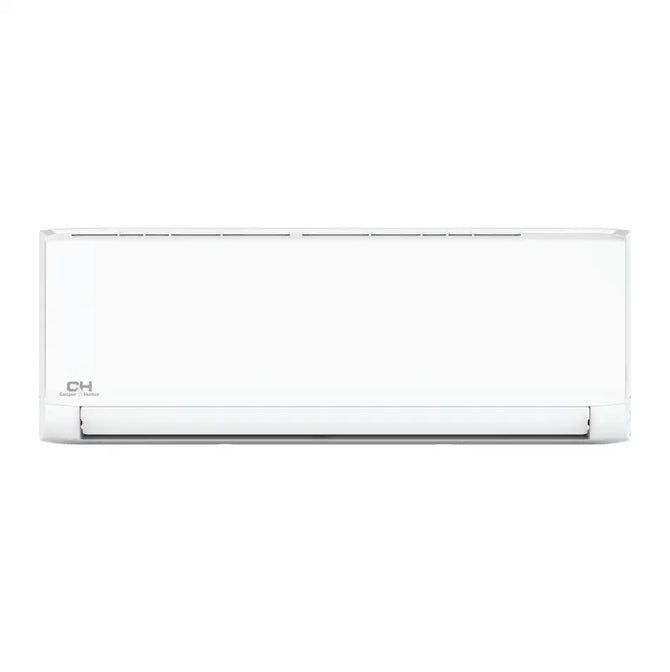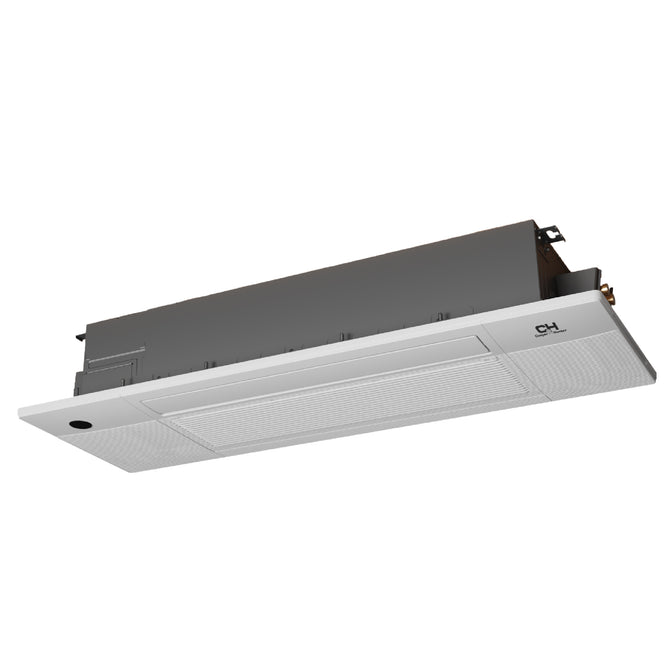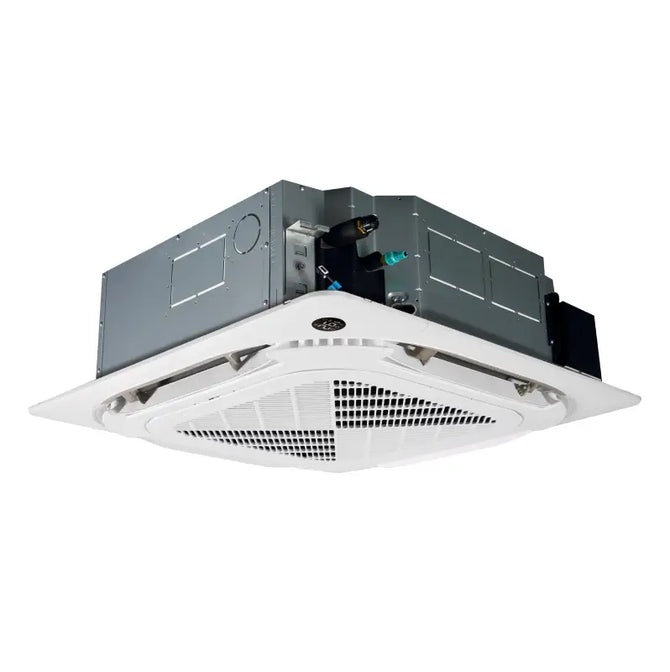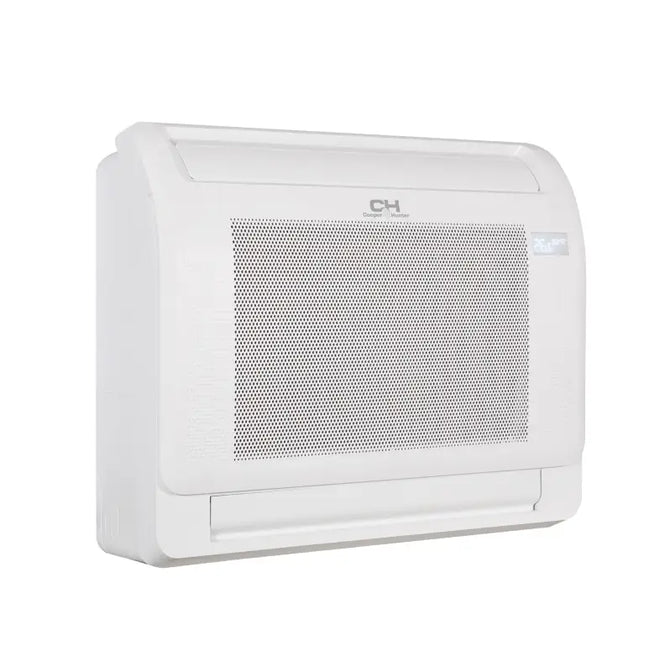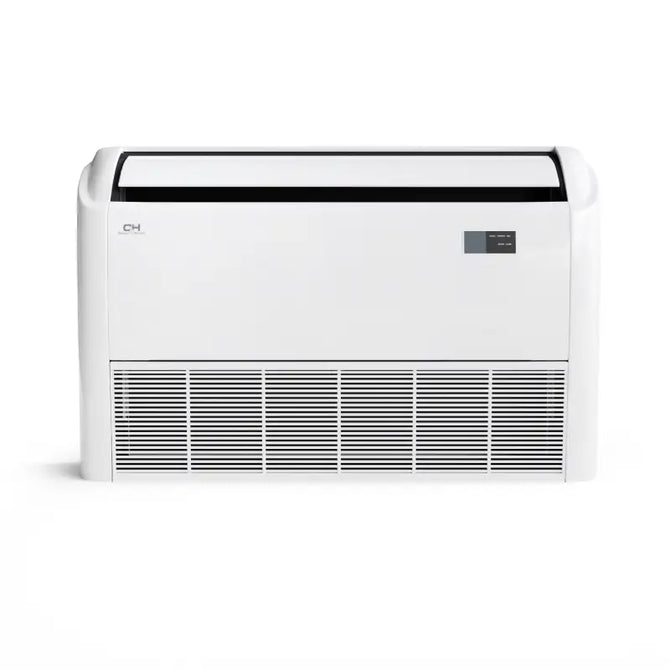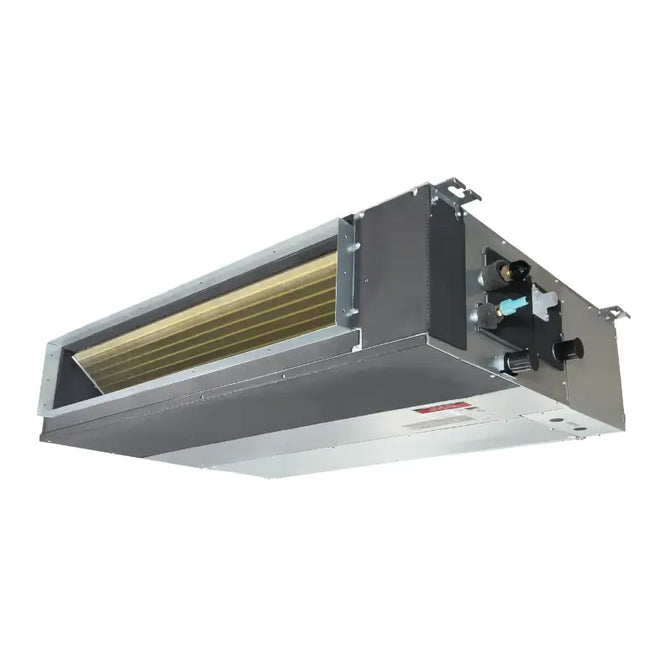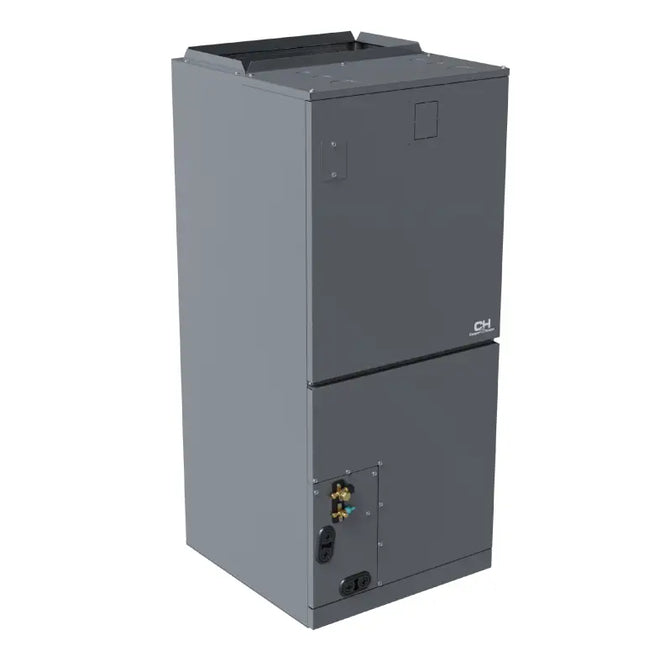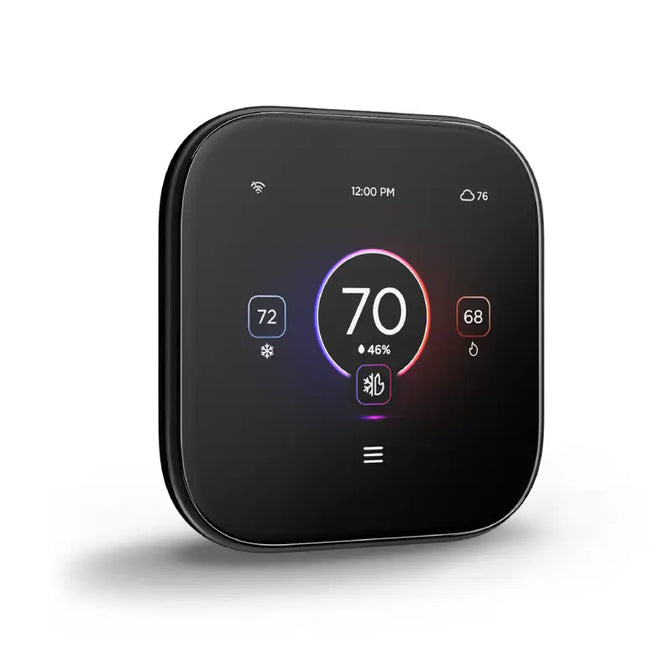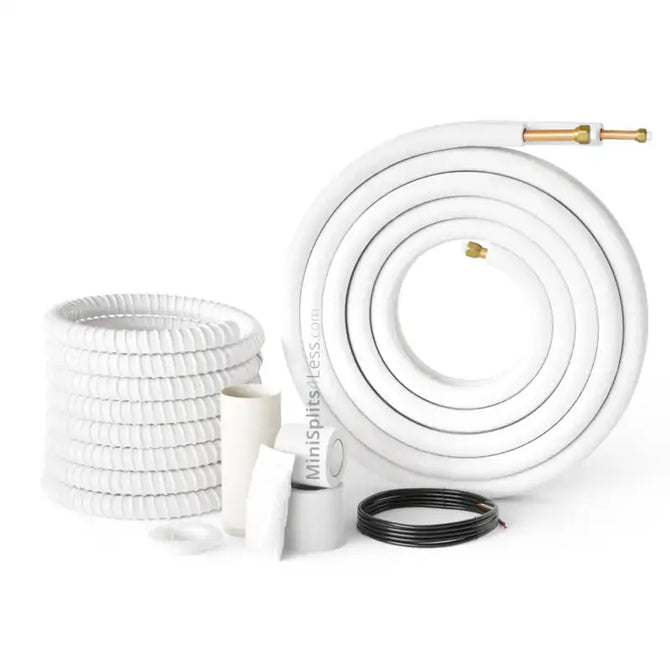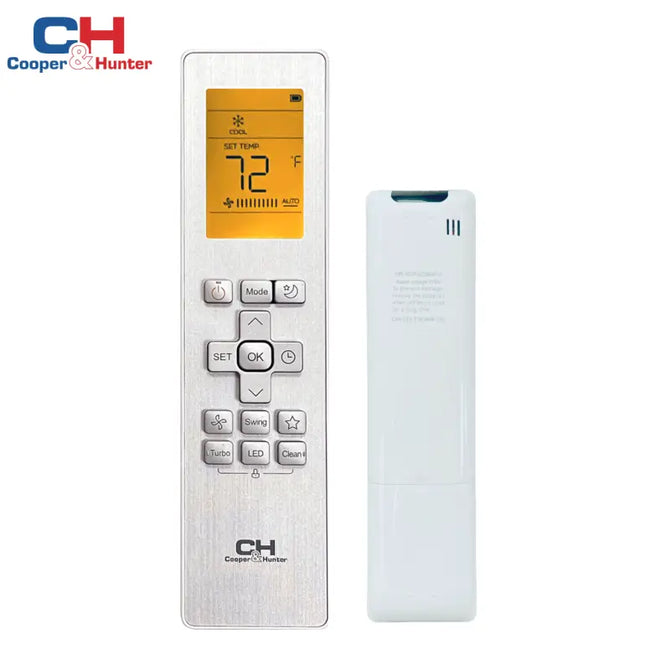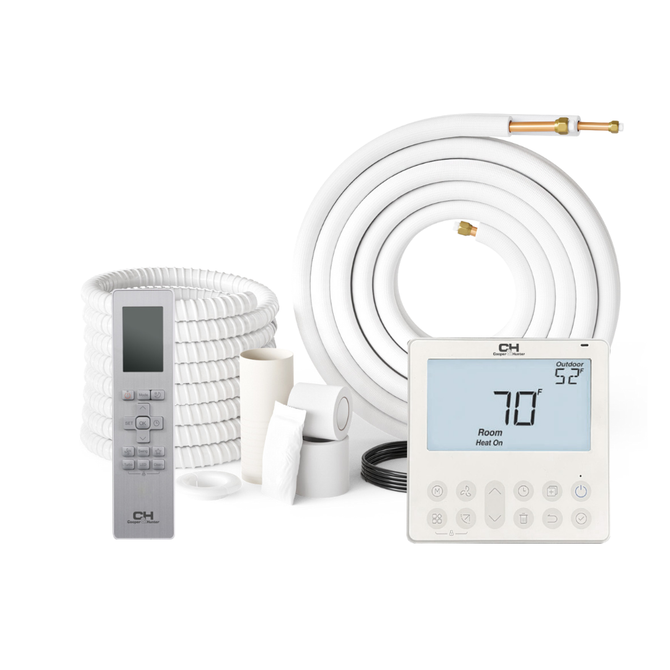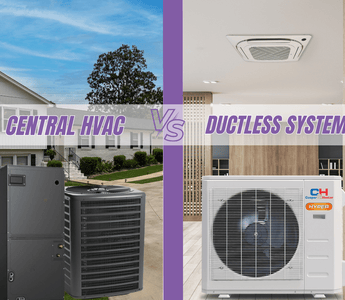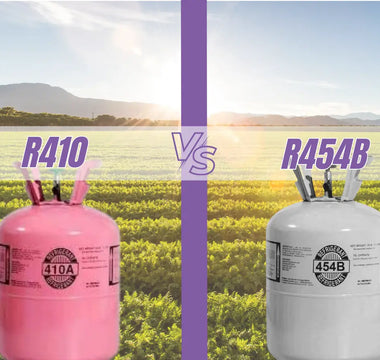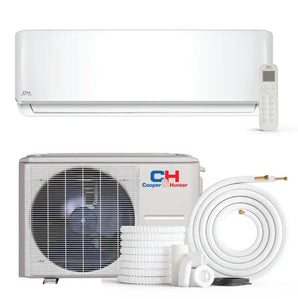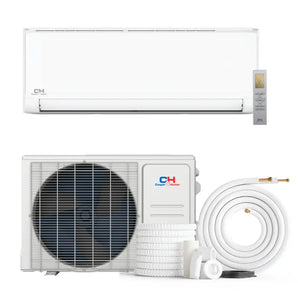 Ductless vs Central HVAC: Pros, Cons, and Costs
Ductless vs Central HVAC: Pros, Cons, and Costs
MiniSplitsForLess.com carries Cooper & Hunter, Olmo, and BRAVO. Below is a clear look at ductless vs central HVAC—aligned with U.S. best-practice guidance—so you can decide quickly.
TL;DR (Key Takeaways)
- Ductless room-by-room comfort, additions, and homes without ducts; often more efficient.
- Central fits whole-home cooling if good ducts already exist and you want one thermostat.
- Costs: single-zone ductless is usually cheaper than extending ducts; multi-zone can rival central + new ductwork.
- Heating: pick cold-climate heat pumps (ductless or ducted) in harsh winters.
- Rebates: many U.S. incentives favor qualifying high-efficiency heat pumps.
- Always do a Manual J, check permits, and confirm warranty terms.
Quick Verdict — Which One Fits Your Home?
If you want zoned comfort or lack ductwork, choose ductless. If you already have tight, balanced ducts and want a single thermostat for whole-home control, central makes sense. In cold regions, choose cold-climate heat pump models (ductless or ducted) with documented low-ambient performance.
Pros and Cons at a Glance
Ductless Mini Splits — Pros
- Higher efficiency potential (inverter compressors; no duct leakage).
- Zoning: customize temps per room/zone.
- Low disruption: great for older homes, additions, garages, ADUs.
- Heat + cool in one system.
- Often rebate-eligible as heat pumps (model/ZIP dependent).
Ductless Mini Splits — Cons
- Multiple indoor heads add cost and visual presence.
- Aesthetics/linesets may be visible without covers.
- DIY limits: many warranties require licensed commissioning.
Traditional Central HVAC — Pros
- Discreet look via registers; one thermostat.
- Whole-home distribution with existing ducts.
- High service familiarity among contractors.
Traditional Central HVAC — Cons
- Duct losses (leaks/poor insulation) reduce efficiency/comfort.
- Zoning costs: multi-zone control adds hardware/labor.
Ductless vs Central HVAC — Side-by-Side
| Category | Ductless | Central |
|---|---|---|
| Upfront cost | Single-zone often lower than extending ducts; multi-zone can rival central + new ductwork when many rooms need comfort. | Economical if ducts are already tight, sized, and balanced. |
| Efficiency | No duct losses; high SEER2/HSPF2; inverter modulation excels at part-load. | Depends on duct design/sealing and equipment staging. |
| Heating performance | Cold-climate models maintain capacity at low temps; verify COP and output at design temp. | Ducted heat pumps with variable-speed blowers can heat well; dual-fuel adds backup in severe cold. |
| Installation | Indoor head(s) + lineset, condensate, dedicated circuit; minimal interior disruption. | Requires sound ducts (or new ducts), air handler/furnace, lineset. |
| Codes & safety | Follow Manual J; pull permits; handle A2L/A3 refrigerants per code; confirm line voltage and condensate compliance. | |
| Noise | Indoor heads are typically very quiet; outdoor inverters modulate to low sound. | Varies with blower speed and duct design. |
| Maintenance | Clean washable filters per head; periodic coil cleaning. | Filter changes, coil cleaning, duct inspection/sealing, blower service. |
| Controls | Per-room remotes/apps; easy scheduling; great for off-hours rooms. | One thermostat unless zoned; integrates with smart stats. |
| Rebates | Many U.S. programs incentivize qualifying heat pumps (ducted or ductless). Check eligibility before purchase. | |
What to Consider (Checklist)
- Duct condition & leakage if keeping central.
- Room-by-room loads and hot/cold spots.
- Climate design temps and heat needs.
- Electrical capacity and breaker space.
- Install pathways & aesthetics (line covers, soffits).
- Noise tolerance near heads/air handler.
- Maintenance habits (filter access/frequency).
- Rebates/tax credits and payback.
- Future remodels/additions or ADUs.
- Warranty & service availability in your area.
Practical Tips
- Get a Manual J load calc before sizing anything.
- Compare SEER2/HSPF2 and low-ambient heat specs, not just tonnage.
- Seal and insulate ducts if staying central.
- Plan condensate routing and neat line-set covers.
- Use dedicated circuits per nameplate; verify panel capacity.
- Clean/replace filters regularly; register warranties and keep receipts.
- Check DSIRE and ENERGY STAR for incentives before purchase.
- Consider smart controls for scheduling and energy savings.
U.S. Angle: Climate, Codes, and Rebates
- Humid South: prioritize dehumidification (longer, lower-speed runs; sensible/latent balance).
- Cold North: choose cold-climate heat pumps with published capacity at your design temp.
- Permits & refrigerants: many jurisdictions require permits; A2L handling and line-set practices must follow code.
- Seasonality: peak summer/winter can extend lead times; off-season installs may save money.
- Rebates: federal tax credits and utility incentives often favor high-efficiency heat pumps—confirm eligibility first.
Brand Picks from MiniSplitsForLess.com
-
Cooper & Hunter — Broad lineup with inverter tech across single- and multi-zone systems, including cold-climate SKUs. Great coverage from 9k BTU room solutions up to whole-home multi-zone kits.
Shop C&H -
Olmo — Value-forward ductless with both single-zone heads for targeted rooms and multi-zone configurations for 2–5 areas. Quiet operation, Wi-Fi options on select models; check current SEER2 ratings on each kit.
Shop Olmo -
BRAVO — Practical, budget-savvy choices in single-zone kits and multi-zone bundles for whole-home comfort. Ideal for additions, garages, and small-to-mid homes needing 2–4 zones.
Shop BRAVO
Not sure which configuration fits? Start with a Manual J (or our sizing guide), then match total BTUs to your zones and design temperature.
Summary
Choose ductless for zoned comfort, high efficiency, and homes without ducts; choose central HVAC for whole-home cooling with existing, tight ducts. Ductless reduces duct losses and may qualify for heat pump rebates; central can be cost-effective when ducts are in good shape. Always size via Manual J and check local codes.
FAQ
Is a ductless mini split better than central air for a single room?
Yes—ductless is ideal for a single room, addition, or problem zone because it delivers targeted, high-efficiency cooling and heating without extending ductwork.
Do ductless systems cost less to run than central HVAC?
Often yes. Ductless avoids duct losses and uses inverter compressors, so many homes see lower kWh use versus central—assuming proper sizing and comparable efficiency ratings.
Are mini splits good for heating in cold U.S. climates?
Cold-climate mini split heat pumps can heat efficiently in low temps when properly sized; check the model’s low-ambient rating and COP at your design temperature.
How long does a ductless mini split last vs central AC?
Both typically last about 12–20 years with maintenance. Lifespan depends on usage, climate, installation quality, and routine filter and coil cleaning.

